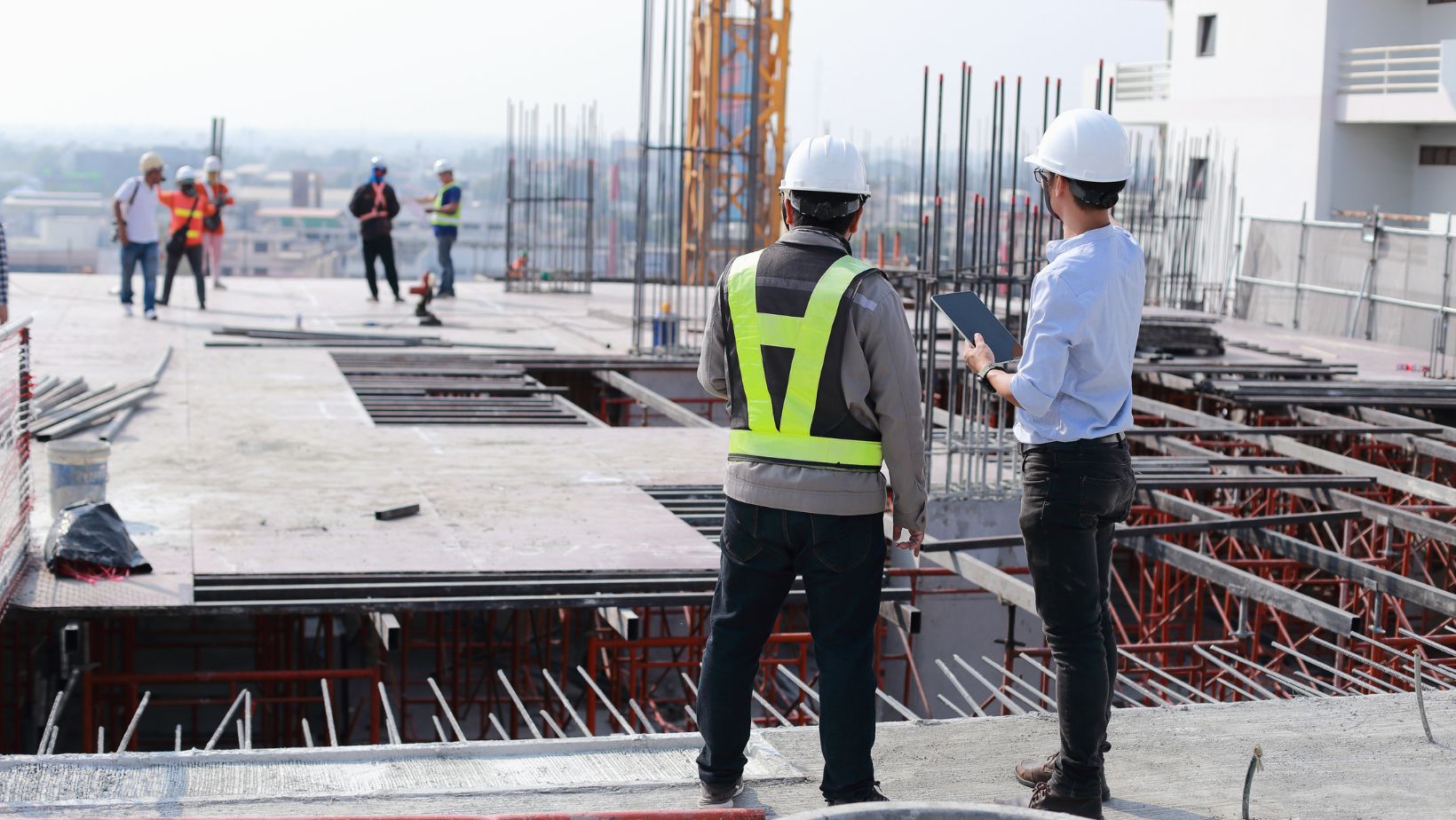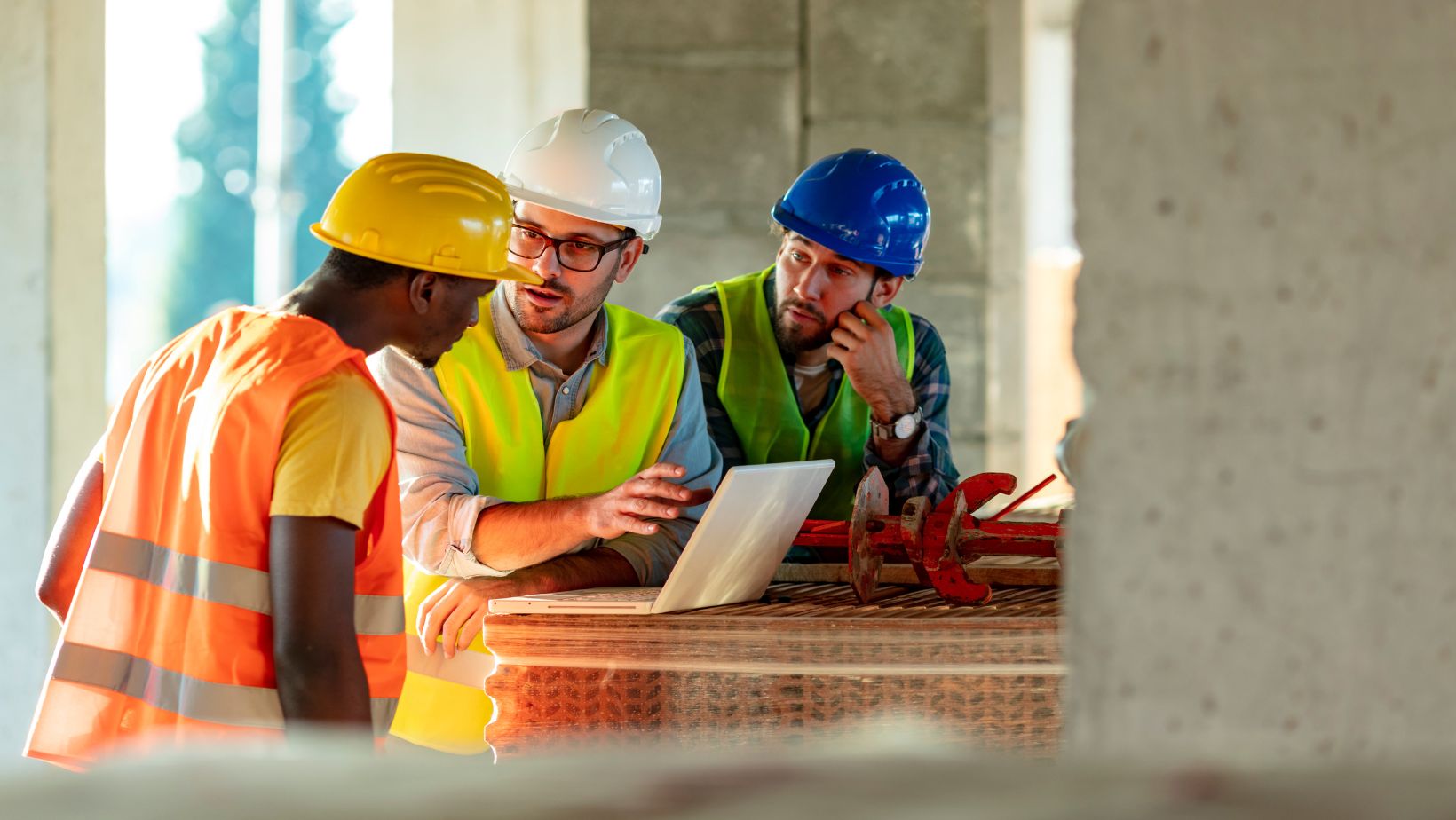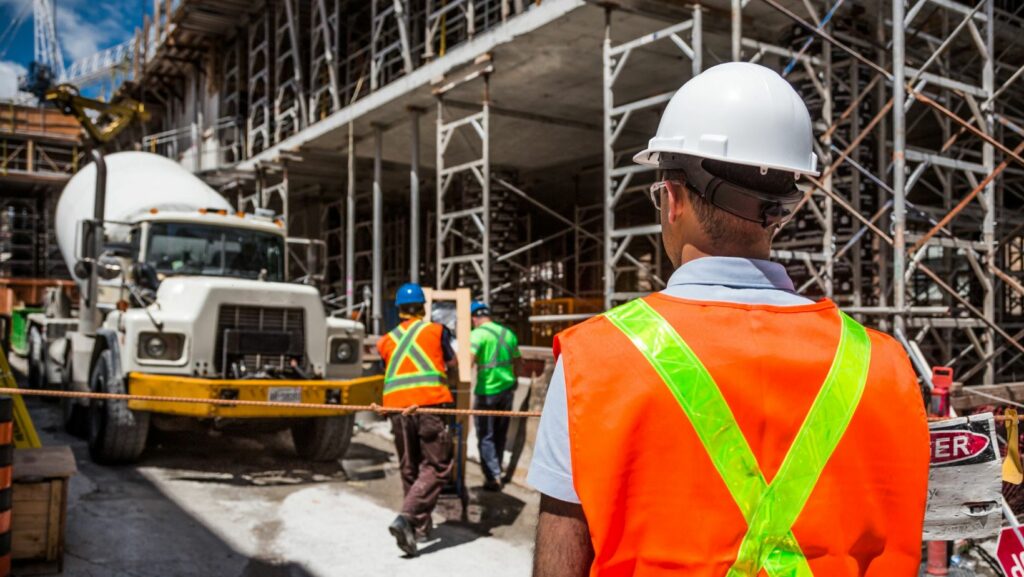The construction industry is evolving, and the demand for sustainable construction is increasing, too. Why? Well, because this industry most prominently uses natural resources and minerals. Thus, it is essential to practice sustainable construction to ensure no increase in global warming and other environmental issues. Thus, sustainable construction is essential. But what is it exactly? How do you transition into one, and what are its benefits? The blog below provides answers to all these questions.
Sustainable Construction: An Overview
Sustainable construction uses recyclable and renewable materials to build projects to reduce toxic waste and energy consumption. This initiative aims to decrease the construction industry’s impact on the ecosystem by using sustainable construction practices and procedures, harnessing green technology, and more. The construction industry alone uses 50% of global resources. Thus, implementing sustainable practices can help reduce global warming and other environmental issues.
Benefits of Sustainable Construction
It Promotes Healthier Living
Your surroundings impact your mental, emotional, and physical health. Creating green buildings or adopting sustainable construction can reduce the negative effects on the overall state of the inhabitants. Individuals living or working in sustainable buildings experience progress in their stress levels, health, and overall quality of life.
It Helps in Waste Reduction
It is no secret that global warming is a concern for everyone, increasing daily. The depletion of natural resources and pollution are at an all-time high. There is no going back, but with minor changes, slowing down the ill effects of global warming is possible. Since the construction industry uses the most global resources, using renewable methods and resources can undeniably help everyone have a cleaner environment.
It Promotes Cost-efficiency
The maintenance cost of sustainable buildings is lower. The designs help reduce energy and water bills. Thus, the maintenance charge is low, which lowers the operational charges, leading to massive savings.
It Boosts the Economy
The construction industry is known to drive a country’s economy. The more construction happens in a place, the more it grows economically. With green initiatives happening, the demand for workers in the sector will only increase. Thus, it is creating more jobs every day.

Although the cost required to build such structures may initially be higher than the traditional non-renewable forms of architecture, these efficient layouts can save corporations and building owners money.
It Can Help Decrease Material Costs
The increasing cost of materials is a massive concern for all construction companies. Consequently, sustainable and eco-friendly materials can decrease costs without compromising structural integrity or quality. Biocomposites are the best materials to date that are reliable and renewable.
It Helps With Carbon Footprint Reduction
In the US alone, 30% of greenhouse emissions come from buildings. You can only imagine the global percentage of this. Thus, large corporations are supporting green initiatives as using sustainable construction practices helps them take a positive step toward the people, their buildings, and the environment.
How Does Safety Also Matter in Sustainable Construction?
Sustainable construction also includes workers using materials or constructing from a height. Therefore, training should focus on more than teaching construction workers ways to construct buildings sustainably. It should also focus on training them to be safe while working. For instance, using sustainable materials to create a roof does require the worker to be at a severe height. Anything can happen: the material can break, emit toxic materials, or the safety rope can break. It can lead to severe injuries. And falls are the number one cause of death among construction workers. So, Working at Heights Course is crucial for sustainable construction. Moreover, other safety measures like proper suits, proper tool knowledge, and more are necessary, too.
Tips for training for sustainable construction
Lay the Foundation
The training programs should begin by making the workers understand the meaning, benefits, and construction principles. Cover waste reduction, energy conservation, resource efficiency, and economic advantages.
Pick An Energy-efficient Design
The entire team should focus on creating an energy-efficient design that integrates renewable energy sources.

Training should be provided to construction professionals to optimize building orientation, including passage design strategies and utilizing energy-efficient technologies to minimize energy consumption.
Select the Best Material
Sustainable construction depends deeply on the materials you use and their life cycle. Find alternatives to traditional building materials, focus on recycled and recycled materials, or use locally supplied options. Also, assess their life cycle to evaluate the impact of materials on the environment.
Train to Conserve Water
Highlight the importance of water conservation in every construction project. There should be training on water-efficient technologies, landscaping practices, rainwater harvesting, and more. Train the workers to conserve water when constructing and during long-term building use.
Waste Reduction
The training should also address the importance of waste reduction on construction sites. Train on effective waste management practices and recycling initiatives while using reclaimed materials. Also, train teams to use waste reduction strategies like responsible disposal and recycling.
Explore Eco-friendly Construction Technologies
Work on exploring innovative technologies to enhance sustainability in the construction world. It can include smart building technologies, eco-friendly materials, and more. There should be a hands-on training program to ensure participants are comfortable using these technologies in the future.
Stay Updated
It is a dynamic industry that is bound to change and evolve. Keep that in mind and stay updated on coming trends and more.
Conclusion
Sustainable construction is the need of the hour. To implement these strategies, training is essential. It is an investment that helps the industry and the environment and ensures people’s safety. Sustainable construction is a step towards a sustainable environment for generations to come.


More Stories
What Are The Different Types Of Lawn Sweepers And Which One Is Right For You
How Home Improvements Can Boost Comfort, Efficiency & Resale Value
A Beginner’s Guide to Growing Houseplants